
WEBNov 1, 2017 · Subbituminous coal from Okaba mine in Kogi State, Nigeria and locally available plastic and biowaste materials (used sachet water bags, polythene bags, saw dust and maize husk) were partially carbonized, pulverized and used in varying proportions with limestone dust, cassava flour and laterite as binders for the production of solid fuel .
WhatsApp: +86 18203695377
WEBWhite coal is a form of fuel produced by drying chopped wood over a fire. It differs from charcoal which is carbonised wood. ... White coal manufacturing capacity is increasing in the state of Gujarat, Maharashtra, Tamil Nadu and Rajasthan. The production of .
WhatsApp: +86 18203695377
WEBApr 30, 2024 · The global Biocoal market size was valued at USD Million in 2022 and will reach USD Million in 2028, with a CAGR of % during . Biocoal is an environmentally friendly ...
WhatsApp: +86 18203695377
WEBLargest briquette manufacturing in india; Small business idea,briquette plant; Bio coal uses; Manufacturing process of biomass briquettes; Pine wood biomass briquettes, packaging size: 100 kg; Soyabean biomass briquette, packaging size: 50 kg; Mustard husk pellets 6mm, 35 kg, packaging type: pp bag; Brown firewood biomass wood pellet, for ...
WhatsApp: +86 18203695377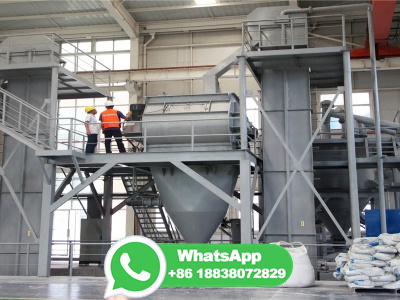
WEBJan 20, 2021 · What is biochar and how is it made? . Biochar is a carbonrich material that is made from biomass through a thermochemical conversion process known as pyrolysis. Don't worry if that all sounds like a mouthful—read on for an introduction to thermochemical conversion with a focus on biochar. You'll learn how biochar is made and the role ...
WhatsApp: +86 18203695377
WEBFree Copy Request. Subscribe. Latest Magazine
WhatsApp: +86 18203695377
WEBThe use of cofiring does not stop this process but decreases the relative emissions of coal power plants. Use in developing world. The Legacy Foundation has developed a set of techniques to produce biomass briquettes through artisanal production in rural villages that can be used for heating and cooking.
WhatsApp: +86 18203695377
WEBJun 5, 2023 · Here is a list of the types of briquetting presses that can be used for manufacturing biomass briquettes. • Piston Press. • Hydraulic Press. • Manual Press. • Screw press. • Roller Press. 1. Piston Press. This mechanical briquetting press is made up of a ram (piston) and a die.
WhatsApp: +86 18203695377
WEBOct 1, 2023 · The biocoal higher heating value (30–32 MJ/kg) is in the range of the heating value of coal (30–32 MJ/kg) used in the steel industries. Therefore, different biocoal production methods, such as pelletization, torrefaction, pyrolysis, hydrothermal carbonization, and steam explosion to produce biocoal, have been critically reviewed.
WhatsApp: +86 18203695377
WEBJul 1, 2022 · In cement manufacturing, process heating accounts for 70–80% of the total energy consumption, and electricity accounts for the rest (20–30%). ... coal is the dominant energy carrier in the sector, ... Bulk materials like biobased cement or biofuels have low valuetoweight ratio ...
WhatsApp: +86 18203695377
WEBJul 31, 2023 · The power of Bio Coal plant! Dive into our 2023 Ultimate Guide on Briquetting Process for sustainable energy solutions. info +91 76000 00018; Product Video. ... A key factor in the process of biomass briquette production is the method of drying out the biomass. Various approaches, such as torrefaction, .
WhatsApp: +86 18203695377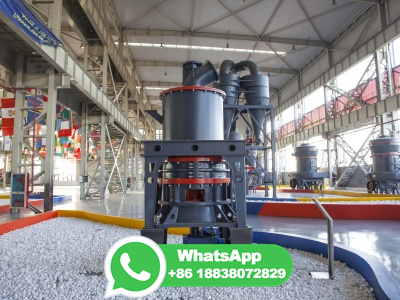
WEBWhite coal. White coal is a form of fuel produced by drying chopped wood over a fire. It differs from charcoal which is carbonised wood. White coal was used in England to melt lead ore from the midsixteenth to the late seventeenth centuries. It produces more heat than green wood but less than charcoal and thus prevents the lead evaporating.
WhatsApp: +86 18203695377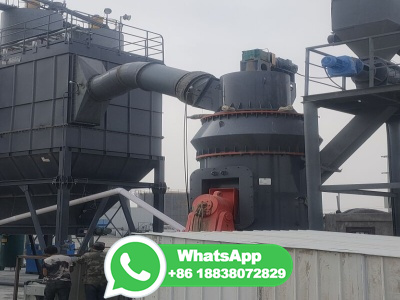
WEBAug 1, 2023 · Life cycle assessment further shows that the biocoal production process could achieve net positive energy, financial, and environmental benefits. By using available biomass wastes as feedstock ...
WhatsApp: +86 18203695377
WEBBiomanufacturing is a type of manufacturing or biotechnology that utilizes biological systems to produce commercially important biomaterials and biomolecules for use in medicines, food and beverage processing, and industrial products are recovered from natural sources, such as blood, or from cultures of .
WhatsApp: +86 18203695377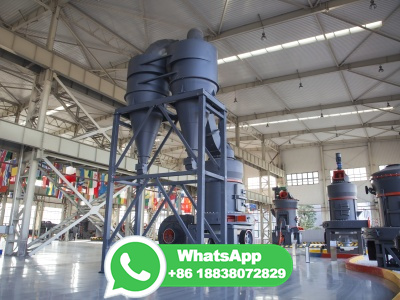
WEBNov 5, 2018 · Bio Coal Briquettes White Coal, BioCoal, Bio Coal Making Unit, Biomass Briquettes from Agricultural Cellulosic Waste, Manufacturing Plant, Detailed Project Report, Profile, Business Plan, Industry Trends, Market Research, Survey, Manufacturing Process, Machinery, Raw Materials, Feasibility Study, Investment Opportunities, Cost .
WhatsApp: +86 18203695377
WEBJun 30, 2020 · Abstract The study is devoted to the assessment of the thermodynamic efficiency of the hydrothermal carbonization (HTC) method to produce biocoal from wet organic waste (biomass). The HTC method is a process of thermochemical conversion of biomass into solid biofuel (biocoal) as a result of its heating up to 150–280°С in the .
WhatsApp: +86 18203695377
WEBApr 9, 2020 · Experimental research was carried out on the manufacturing of biocoal briquettes from a blend of two different types of lowquality coal and biomass waste in the absence of coal carbonization, where the third blend of the material was fermented by adding a bioactivator solution before pressurizing the components into briquettes. The .
WhatsApp: +86 18203695377
WEBJul 4, 2023 · The process involved in the briquette manufacturing are listed below: Collection: Biomass materials like agricultural residues and wood waste are collected from various sources. Drying: The collected biomass is dried to reduce its moisture content, making it suitable for briquette production.
WhatsApp: +86 18203695377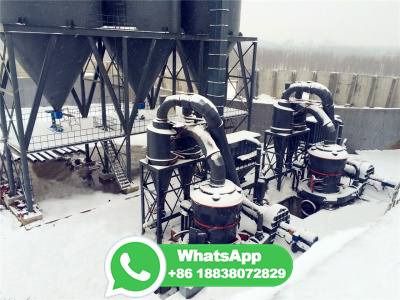
WEBJun 18, 2020 · Ingelia's basic HTC process can use food waste, for example, to produce biocoal similar to fossil browncoal, comprising about 60% carbon. This hydrochar can then go through extra steps to make highervalue 'designer' biocoal, removing ash and volatiles to ensure carbon content up to 90% – able to compete with topgrade hard coal.
WhatsApp: +86 18203695377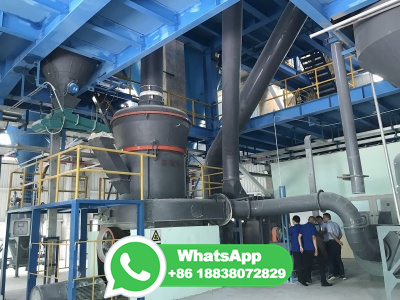
WEBAug 25, 2022 · The biocoal resulting from the process of carbonization can be used as a fuel with a high calorific value. The remaining fraction undergoes a physicalchemical and alytic conversion of inorganic particles into their clean, dry, and inert components. ... In the production process, it is mixed with small amounts of diesel fuel (up to 7%). As ...
WhatsApp: +86 18203695377
WEBAug 1, 2021 · The production of bioethylene from bioethanol dehydration has been a commercial process many years ago. The process has been recently reconsidered and some industrial plants already commercialized. From bioethylene, biopropylene can be produced dimerization to butene followed by the metathesis of ethylene and butene, as .
WhatsApp: +86 18203695377
WEBMay 30, 2023 · In conclusion, white coal, or biocoal, is a sustainable and renewable energy source produced from agricultural waste and biomass residues. Its production process offers several advantages, including its renewable nature, high energy efficiency, environmental friendliness, easy storage, and versatile appliions.
WhatsApp: +86 18203695377
WEBNov 7, 2022 · Besides pellets and briquettes, as shown in Fig. 2, BioCoke is also classified as a solid biofuel that can be used as a thermal energy 3 illustrates a single BioCoke production using a hydraulic press at a moderate temperature. BioCoke is produced by inserting dried lignocellulosic biomass waste into a molding cylinder, and .
WhatsApp: +86 18203695377